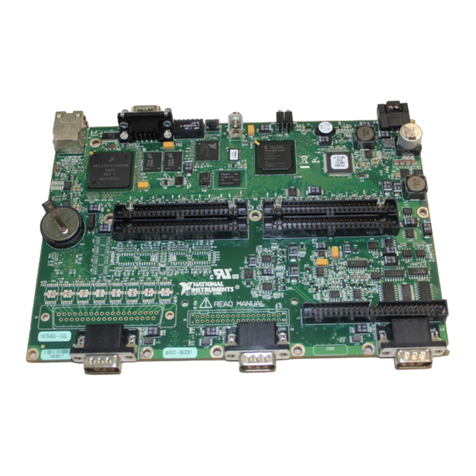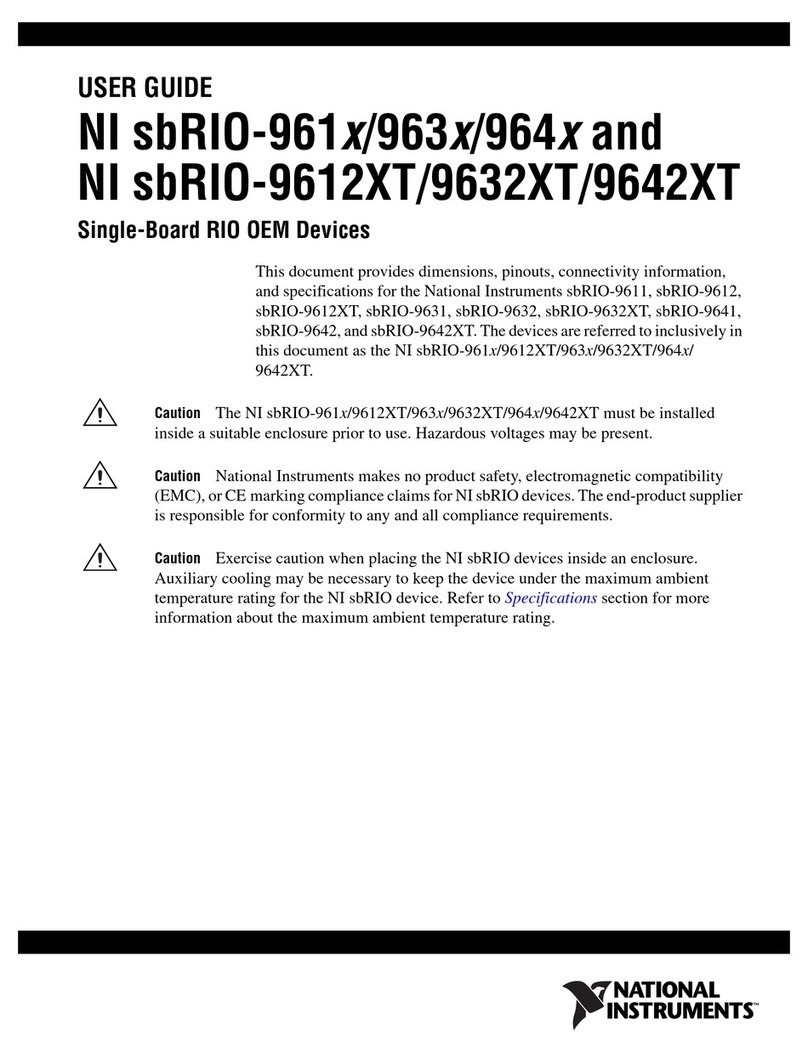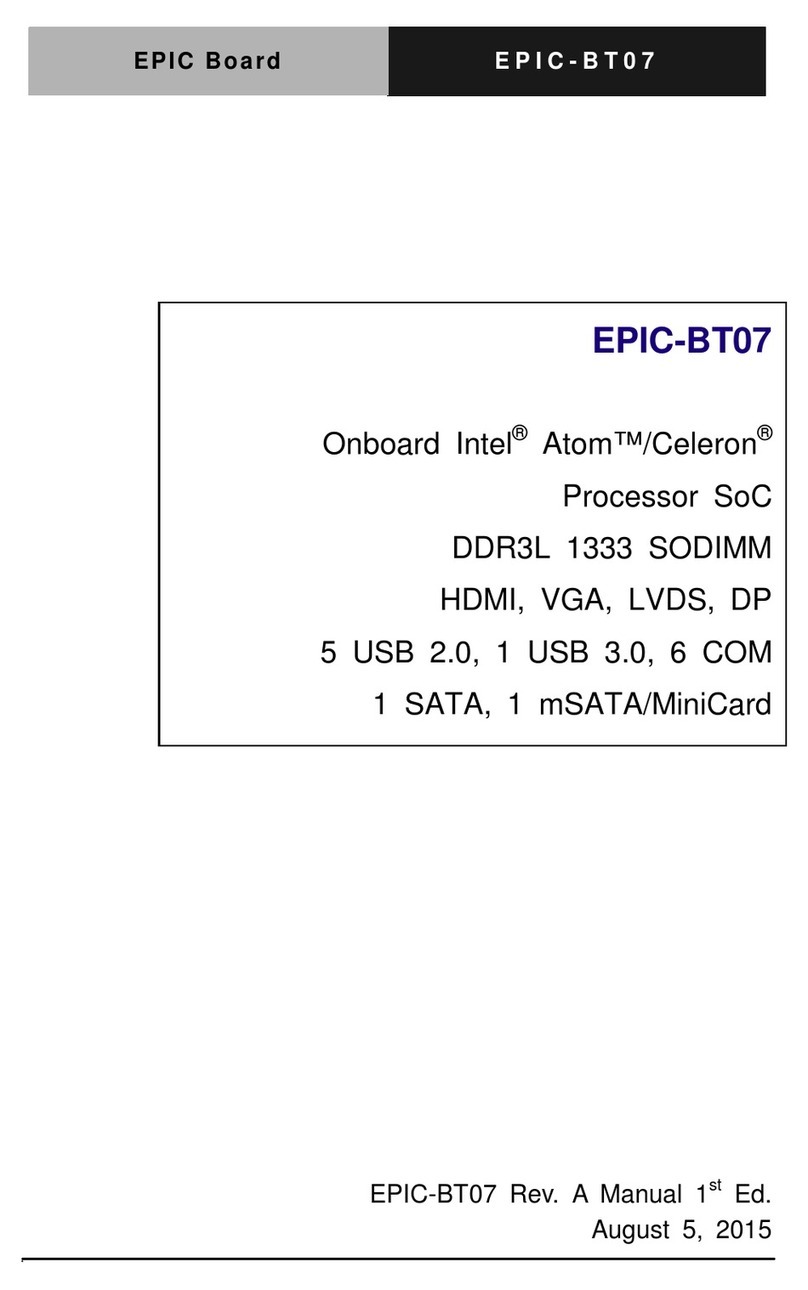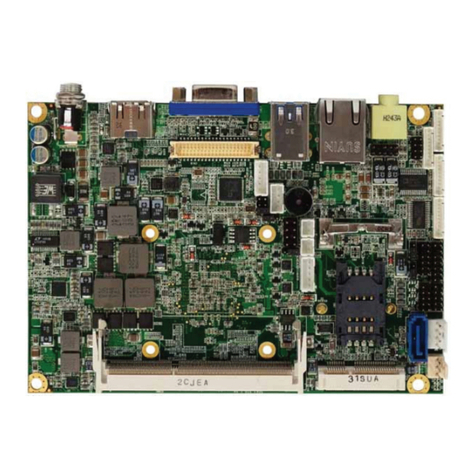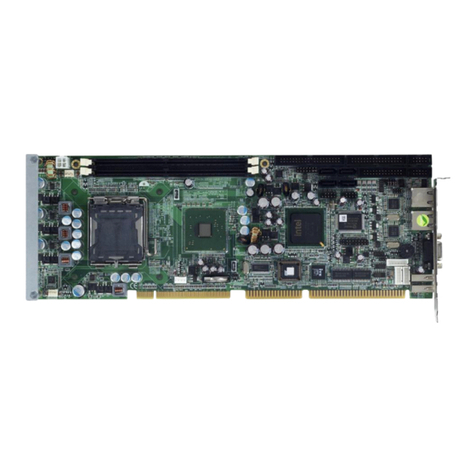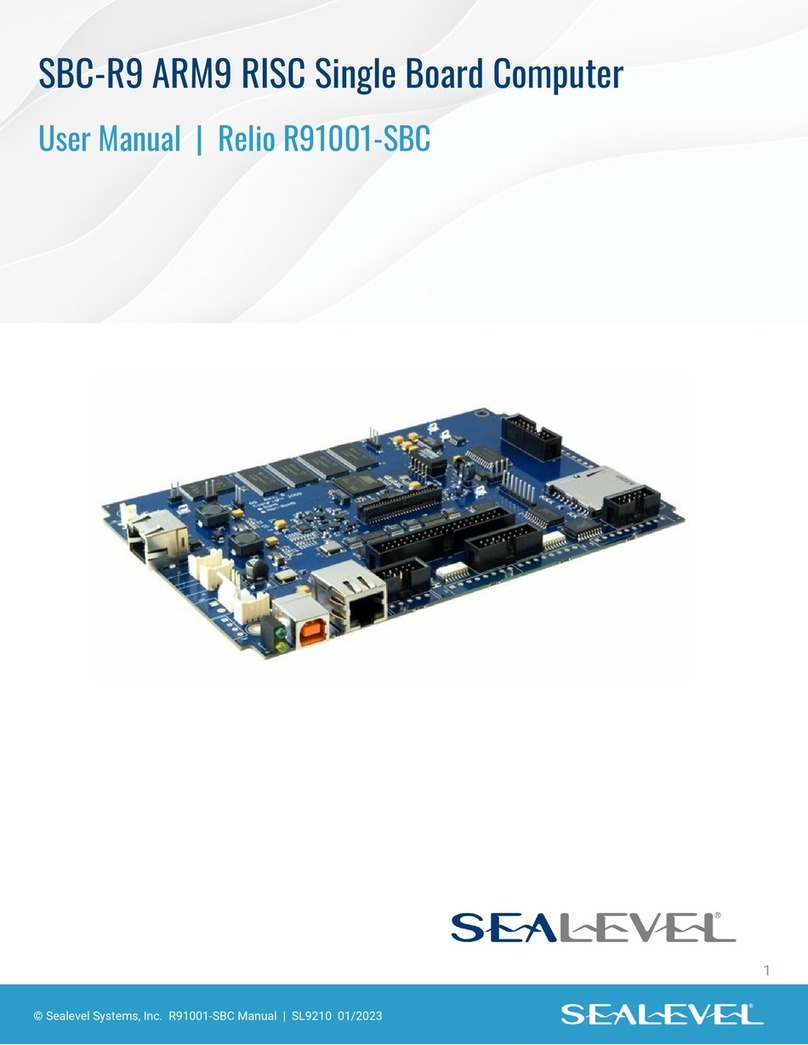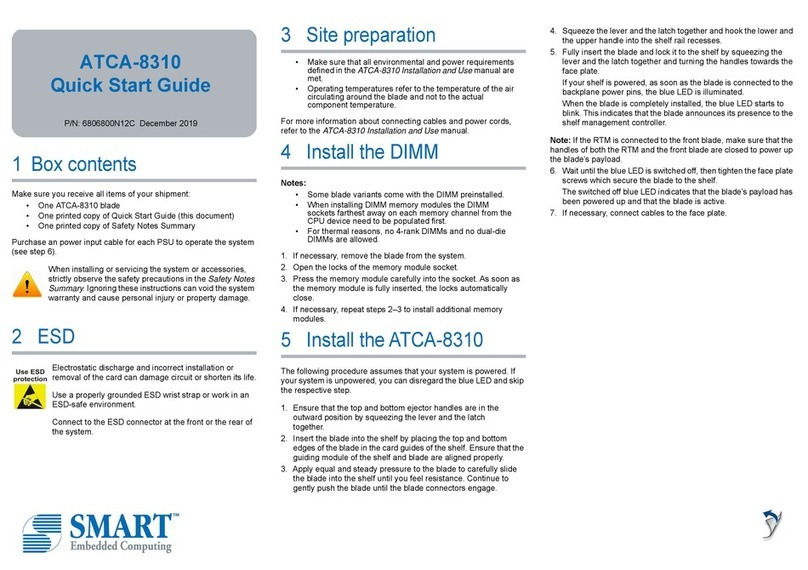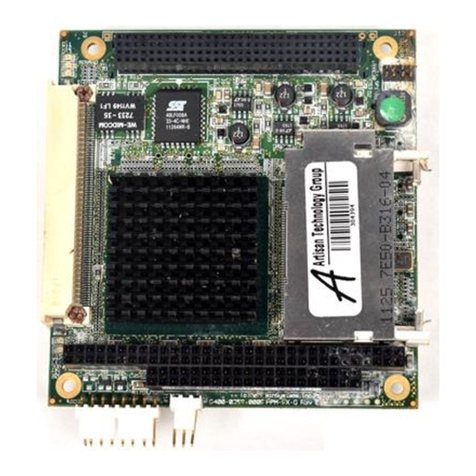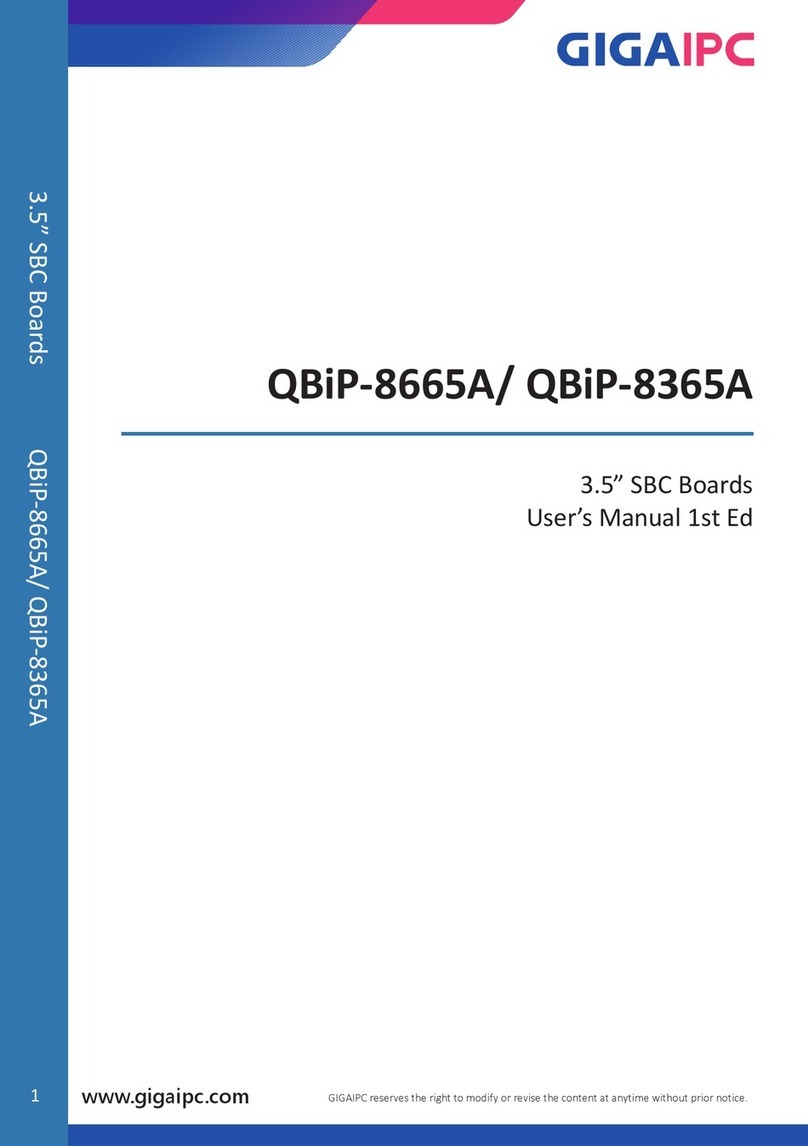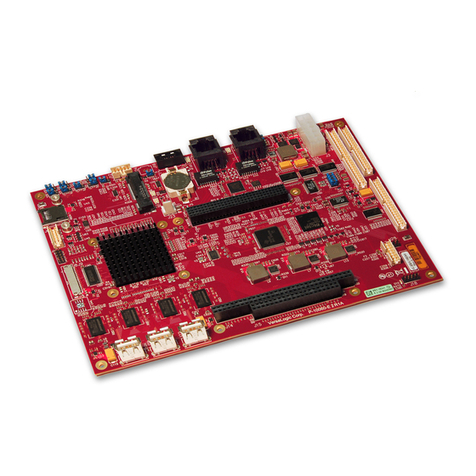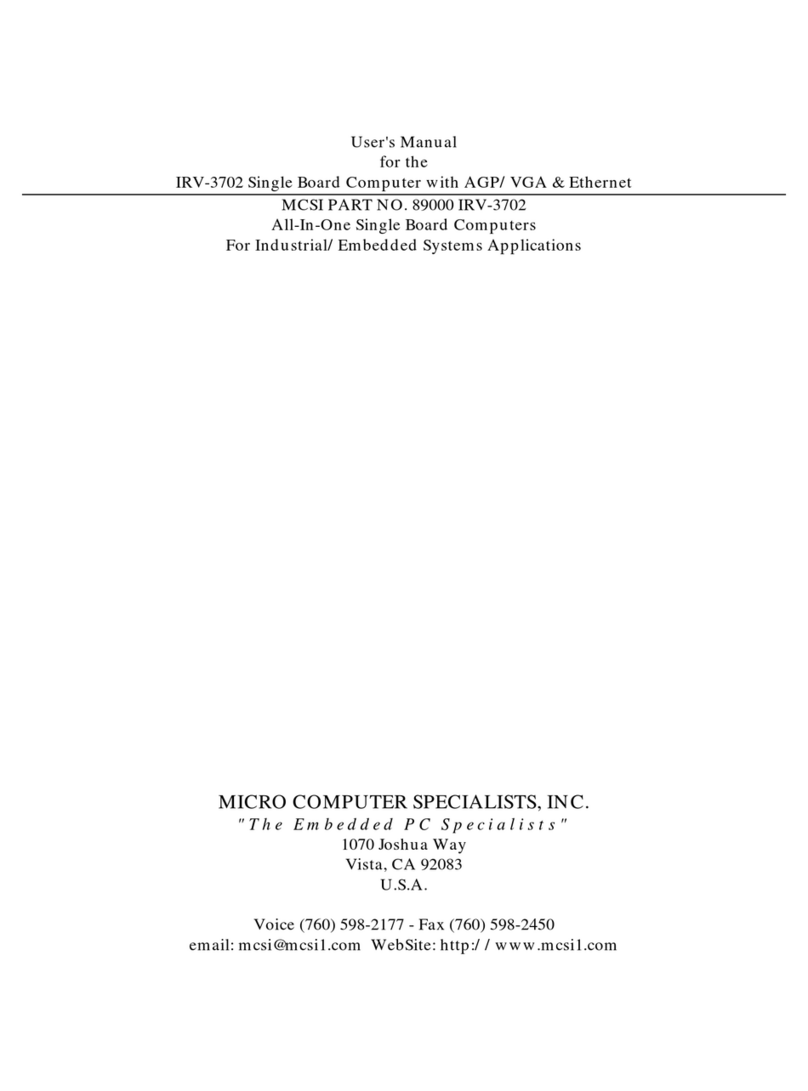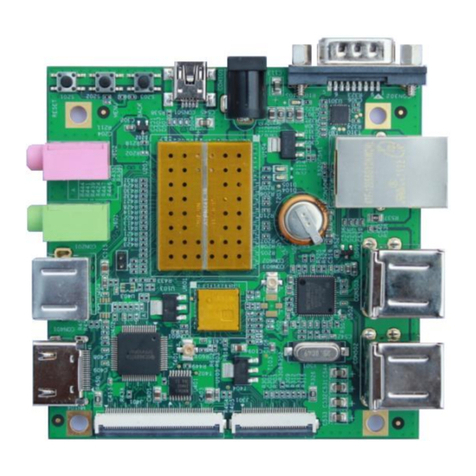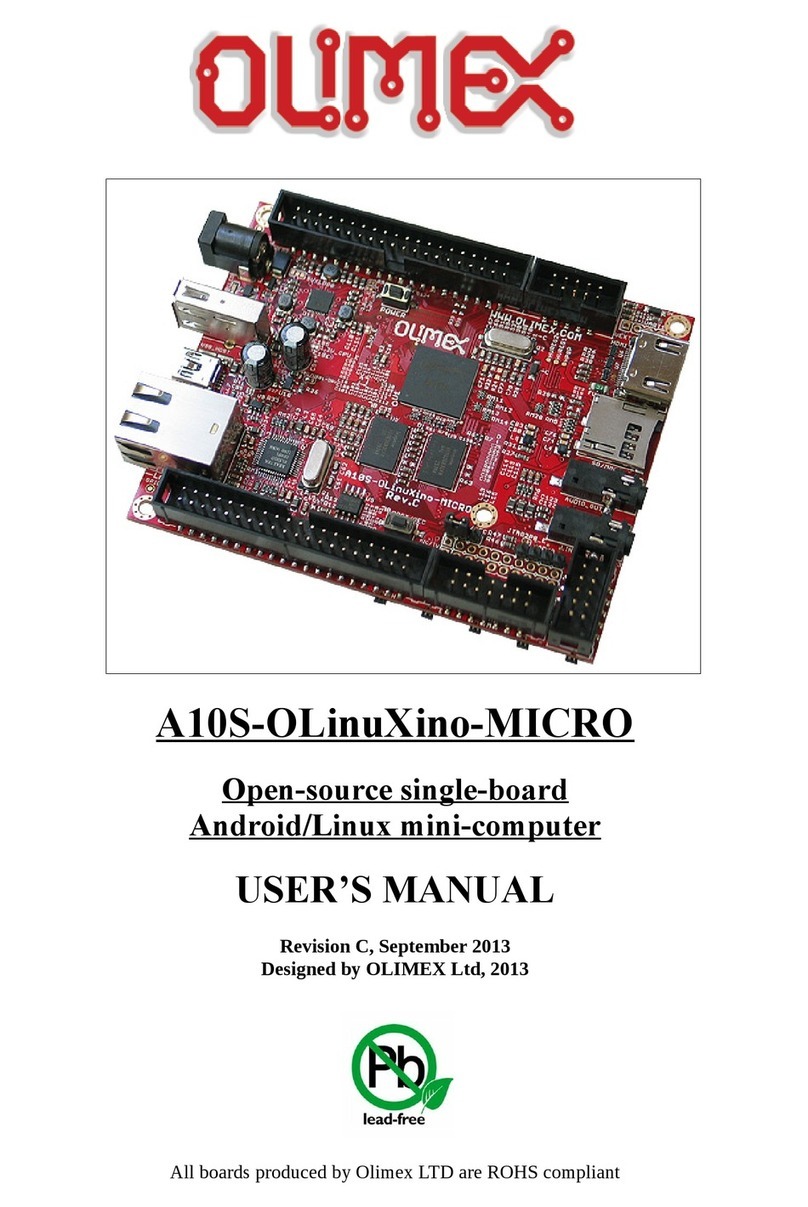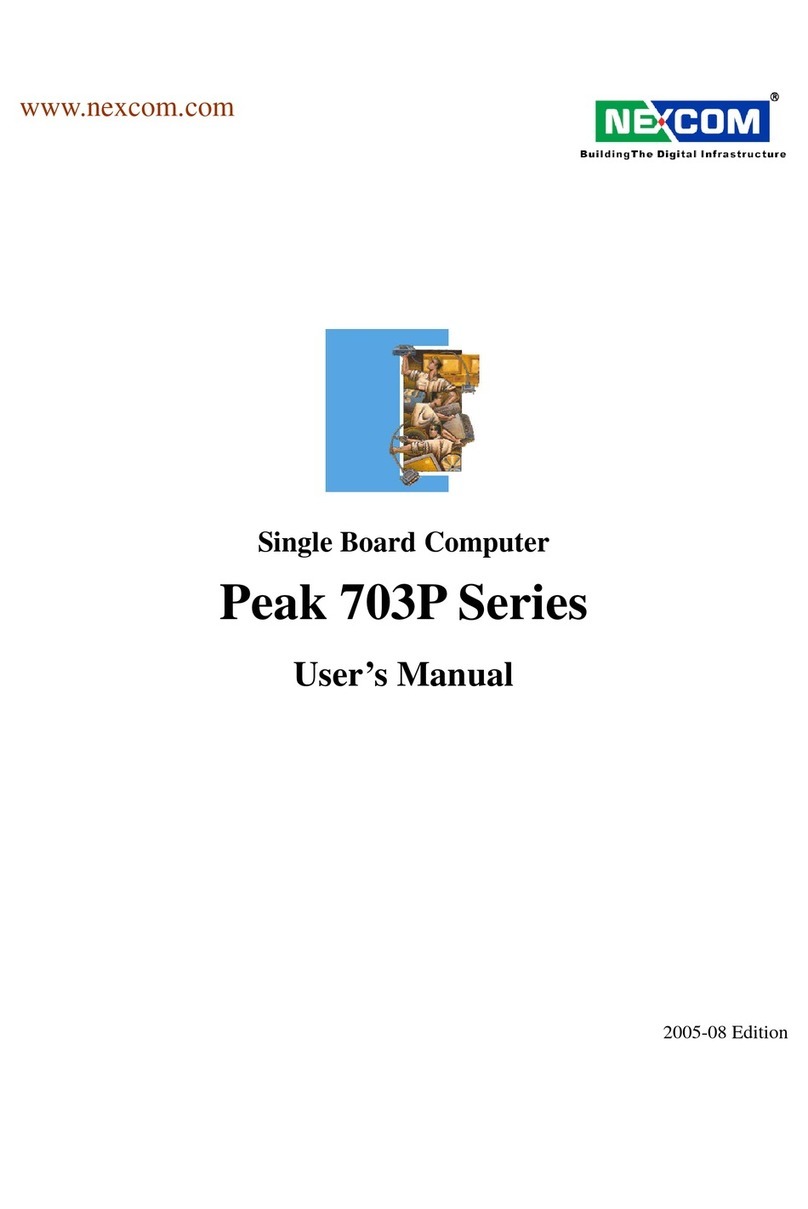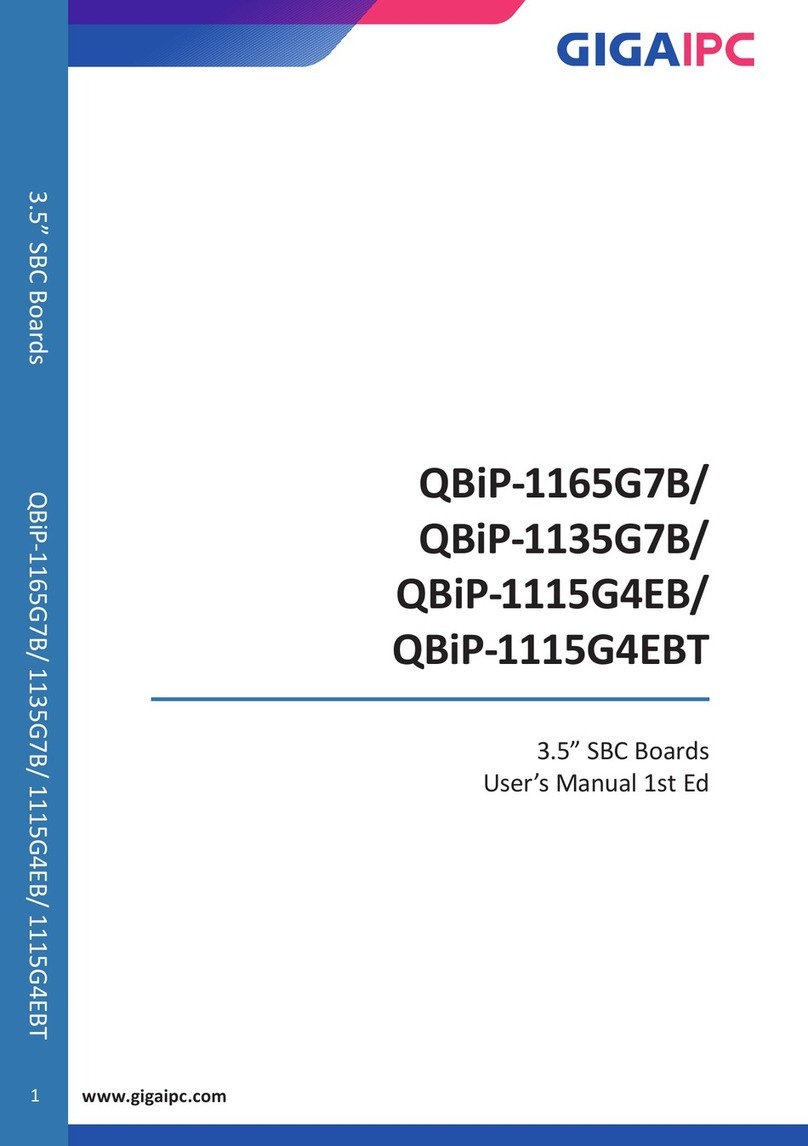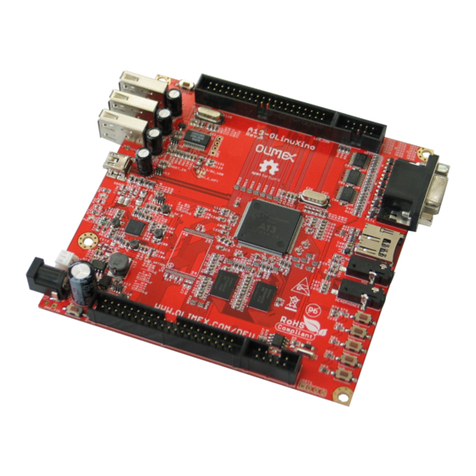Network interface 10Base-T, 100Base-TX, and
1000Base-T Ethernet4
Compatibility IEEE 802.3
Communication rates 10 Mbps, 100 Mbps,
1000 Mbps auto-negotiated, half-/full-duplex
Maximum cabling distance 100 m/segment
RS-232 (DTE) Serial Port
Number of interfaces
Onboard RS-232 2 (Serial1, Serial2)
RMC RS-232 via FPGA 3.3 V DIO 4 (Serial4, Serial5, Serial6, Serial7)
Baud rate support Arbitrary
Maximum baud rate 230,400 bps
Data bits 5, 6, 7, 8
Stop bits 1, 2
Parity Odd, Even, Mark, Space
Flow control RTS/CTS, XON/XOFF, DTR/DSR, None
RS-485 Serial Port
Number of interfaces
Onboard RS-485 1 (Serial3)
RMC RS-485 via FPGA 3.3 V DIO 2 (Serial8, Serial9)
Maximum baud rate 460,800 bps
Data bits 5, 6, 7, 8
Stop bits 1, 1.5, 2
Parity Odd, Even, Mark, Space
Flow control XON/XOFF
4For revision D and earlier, 1000Base-T Ethernet link and communication is not guaranteed for
primary or secondary Ethernet ports below -20 °C. If you expect ambient temperatures below
-20 °C, NI recommends using a 10/100 network infrastructure or assigning 10/100Mbps
communication speeds to the Ethernet Adapter in NI Measurement & Automation Explorer
(MAX).
NI sbRIO-9627 Specifications | © National Instruments | 3
